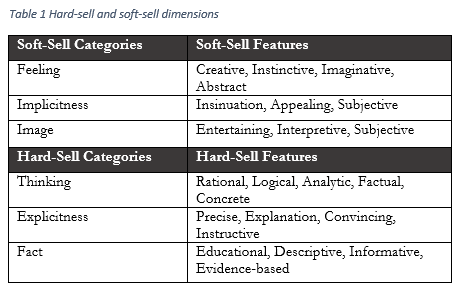By: Nischal Kelwadkar & Ciara Donley-Burnham
Dr. Kim Sydow Campbell, professor and former chair of the Department of Technical Communication at UNT, along with two collaborators, Dr. Jefrey S. Naidoo and Sean M. Campbell, recently published a study in a top technical communication journal. The study analyzed the use of white papers in content marketing.
What Is a White Paper?
A white paper is a persuasive document that is used to deliver complex information in a concise, engaging way. The term "white paper" has been used to refer to technical documents, marketing documents, or documents that are a combination of both. Campbell and her colleagues wanted to understand whether white papers typically use more logical, fact-based selling tactics (called "hard-sell") or more emotional selling tactics (called "soft-sell"). Technical communicators need to understand which approach is more appropriate and effective, as they have become increasingly involved in creating white papers for content marketing.
The Study
To conduct the study, the researchers recruited and trained three raters to analyze 96 white papers. Each rater determined how much each white paper showed characteristics of 10 soft-sell features (e.g., creative, instinctive, appealing) and 13 hard-sell features (e.g., rational, logical, descriptive) (see Table 1).
Results and Takeaways
The results of this study showed that hard-sell features were more common within the white papers. However, the soft-sell features related to "implicitness" were also prominent. In their conclusion, Campbell and her collaborators asserted "hard and soft selling [in white papers] are not treated as binary constructs but instead as multidimensional, complementary, and combinatory persuasive appeals" (p. 16). By using both hard- and soft-sell features, white papers can be used to effectively communicate information while appealing to the emotions of the reader.
As a result of their research, Campbell and her colleagues made the following recommendations for writers who produce white papers:
- Emphasize content that invokes thinking and facts more so than feeling and image. Creativity in design cannot stand without informative content.
- Be informative about the topic and supply evidence by using quantitative data and cited sources.
- Be explicit about industry problems and solutions. For example, be precise when describing the pros and cons of different products or services.
- Be implicit about sales goal. For instance, be subjective by listing the pros of the product.
- Be logical. Provide content that helps the reader think, learn, and remember.
- Do not be playful.
To read the full study on white papers as content marketing, Click Here. For updates on the department, follow the Technical Communication Facebook and Twitter.

